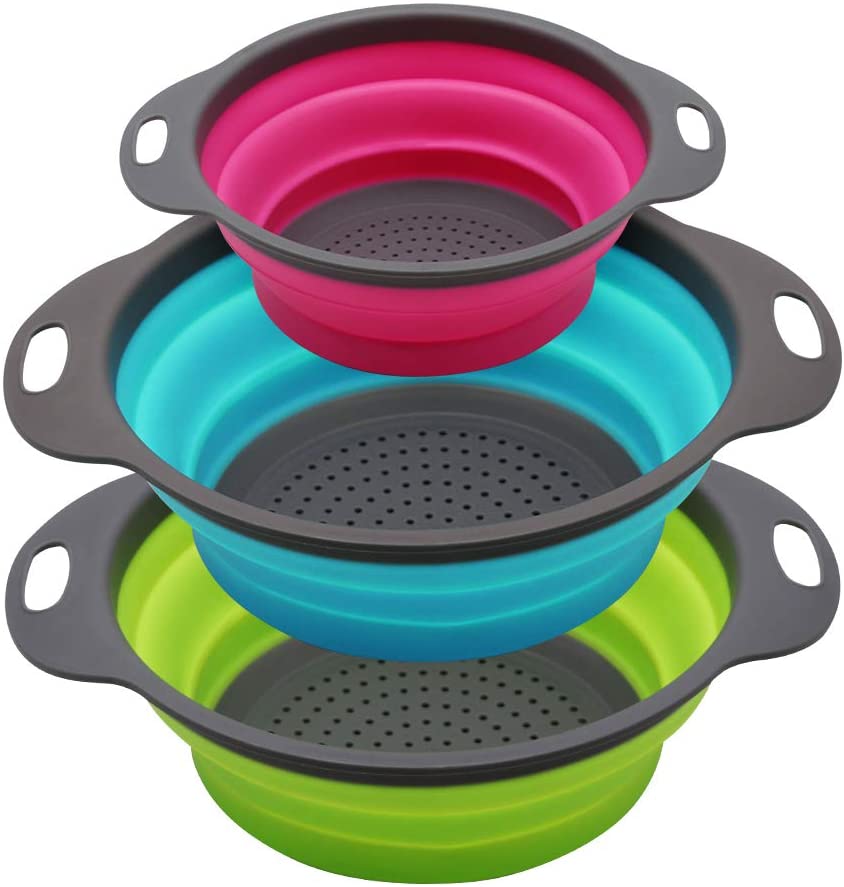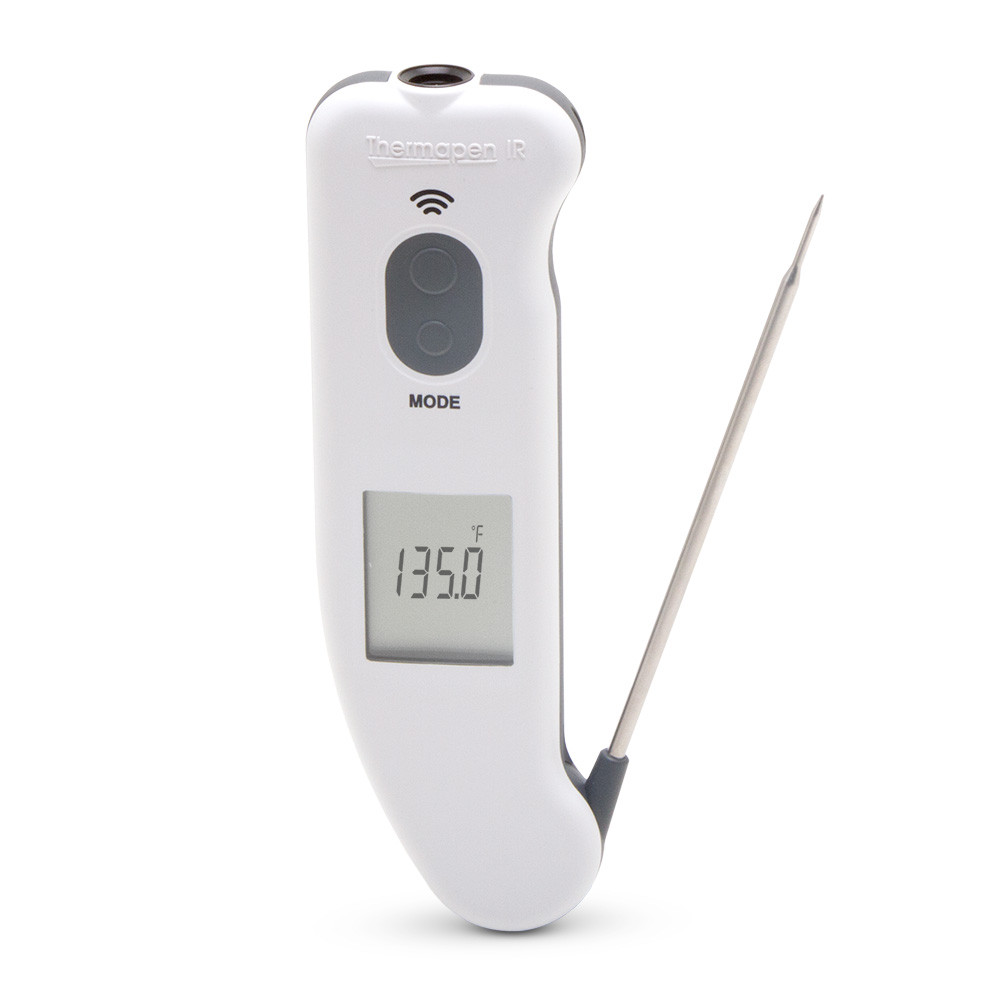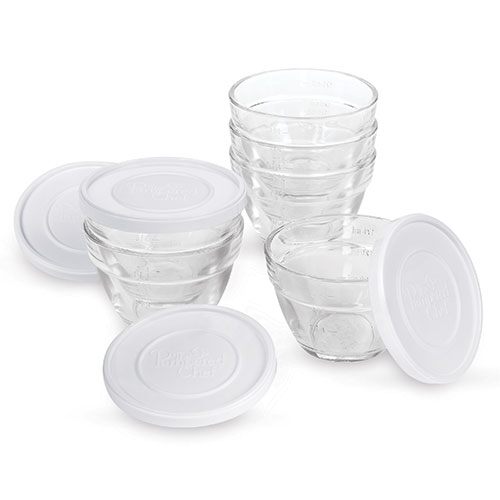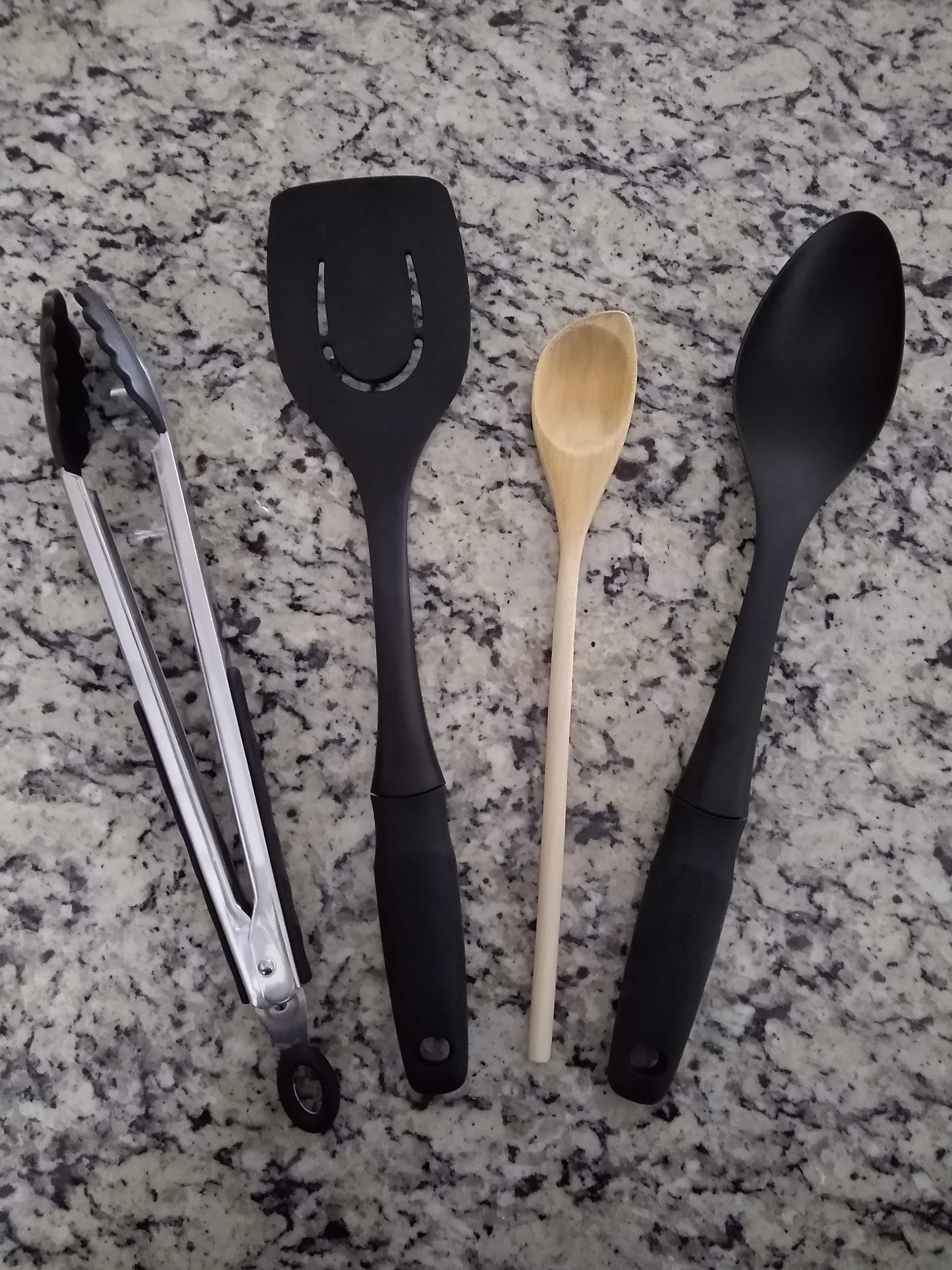Cooking is inherently easier when you have everything you need on hand. However, it can quickly become overwhelming to decipher what tools you actually need with so many gadgets and specialized tools on the market. We’re here to tell you what tools are worth it and which to skip over.
TL;DR: Quality items, including knives, cutting boards, multi-functional specialty tools (steer away from uni-taskers), cookware, utensils, and appliances. Certainly if your budget doesn’t allow for the purchase of all of these items at a decent quality, skip out on some and see if you are constantly wishing you had it. That’s how we first stocked our kitchen – buying things only as we needed them to ensure we were actually going to use them long-term. I can still remember getting all the way through the mac n cheese recipe, preheating the oven to bake it, and suddenly realizing we didn’t have a baking dish to put it in. One mad dash to the store later, and the mac n cheese was on its way into the oven – but that’s the sort of stressful situation we want to save you from!
Knives
There are no two ways around it, if you’re going to cook anything, meat or veggies, you’re going to need a knife. We highly recommend investing in quality knives. Cheap ones will end up costing you more over time as you have to replace them, and they can be dangerous if they break. You’ll want to look for an integral knife where the metal that forms the blade runs all the way through the handle.
Chef’s Knife – Ultimately, you can do almost everything with 1 knife – the chef’s knife. However, you probably will find it handy to have a few other knives as well, such as:
Pairing Knife – for smaller work (cutting up fruit, for example).
Steak Knives – that you can include at the table place setting when serving steak or similar.
Santoku Knife – We also really enjoy our santoku knife, which has ridges to prevent food from sticking to it.
Serrated Knife – We also own ONE serrated knife, which we use for bread. If your knives are quality and maintained (sharpened and honed), you should not need serrated knives (no, not even for steak).
Cutting Boards
Now that you’ve got a knife or two, you need some surfaces to use that knife on. We strongly suggest investing in 2 large cutting boards, as large as you can reasonably accommodate. You will never curse yourself because you ran out of cutting board space again.
Wooden cutting board – Wooden cutting boards offer a very nice cutting surface that won’t allow your knife to slip (we’re giving dirty looks to you, glass cutting boards) and potentially cause bodily harm. Some people are frightened off by the perceived amount of care wooden cutting boards require. If that’s you, be sure to read our article on wooden cutting board care. Spoiler alert: it’s not hard, don’t let it deter you from getting one of the most-used items for your kitchen setup.
Plastic cutting board – for raw meats. While you can cut raw meat on a wooden cutting board, there is just something that rubs us the wrong way about it. We always use plastic ones that can go in the dishwasher to get clean afterward.
Specialty Tools
You’ve seen the commercials – a nifty tool that can slice eggs perfectly. Another tool that creates the perfect apple wedges while coring your apple. Some of these tools are probably great at what they do, but if they can only do one thing, we usually recommend to steer away from them. You won’t want to get that one tool out when your knife is already out, and you’ll run out of kitchen storage space very quickly. Some specialty multi-tasking tools are worth it, though:
Avocado tool – This tool cuts the avocado in half, removes the pit, slices the avocado, and removes it from the skin. A triple tasker, but only for one ingredient? No – you can use this to slice eggs as well. I can’t tell you the amount of scares and real injuries I have seen from trying to remove the pit from an avocado. This tool is more for safety than anything else.


Colander – If you’re going to boil anything, you need a way to strain those items. Whether it’s pasta, potatoes, or rice (see our rice cooking method here), you want to ensure the colander you choose has holes big enough to let the water through but small enough where you don’t lose your food through them. We have one similar to these which we really enjoy as it can be collapsed when not in use.
Instant-read Thermometer – Especially for newer cooks, knowing when your meat is cooked is crucial. Sure, you could cut into every pork chop to make sure there “isn’t any pink left”, but not only are you letting out all of the juices by cutting the pork before it has time to rest, there is also no way to tell if you’ve overcooked the pork, which will also make it dry. You want a thermometer that can give you a reading instantly so you aren’t sitting there with the oven door open for a few minutes while you wait for the temperature to register. We have this one, and while the price seems a little steep, it is so worth the versatility of having not only a probe but an infrared sensor as well.


Prep bowls – You know you’re jealous of all of the cooks on the TV shows who have all of their ingredients pre-measured and in little bowls waiting for them. Not only does this make for great TV, but they are totally practical at home, too. Mise-en-place is the French term for “everything in its place”, and it’s what restaurant chefs do. You should too. It makes an incredible difference to not be scrambling to chop something while trying to man the stove as well. Make it easy on yourself and get all of your ingredients prepped ahead of time so when you get to cooking, it’s literally just as easy as they make it look on TV. We have some of the 1 cup, 2 cup, and 3 cup ones from Pampered Chef and enjoy that they are not only microwave, dishwasher, freezer, and oven safe, but also have measurement graduations on them for quick measuring.
Can opener – even when you focus on cooking with fresh ingredients, there will inevitably be something that comes from a can that doesn’t have the handy pull-tab lid. Yes, it’s a uni-tasker, but one that just can’t be avoided.
Measuring sets – cups and spoons, at least one set of each ranging from 1/4 teaspoon to 1 cup. If you’re baking, these are a must, but they are also used in cooking, especially if you make your own spice blends and need to get the ratios right.
Things you don’t need:
- Mandolin – you can thinly slice with a knife with enough practice
- Apple corer/slicer – this can easily be done with a knife. And have you ever had to clean a corner/slicer? Not as easy as cleaning a knife
- Electric can opener – opening a can with a manual opener isn’t that much work, and no one has ever said, “Boy I have so much counter space that I think I’d love to fill it with a can opener that I’ll use once in a blue moon.”
Cookware
Once you’ve got your ingredients prepped, you need some thing(s) to cook them in. This is another area where we really suggest quality items. Skimping on these essentials will cost you more in the long run, so shell out the extra dough now to save yourself the heartache:
As a general note, we typically steer clear of nonstick cookware. Some people are afraid of stainless steel due to fear of food sticking, but if you know why food sticks, you can avoid this issue and get some really nice color when sear meat. We’ll be posting later in the month about how to prevent sticking, so keep an eye out for that. All of our cookware is Cuisinart brand from the Chef’s Classic line, and we are happy with the quality and versatility they offer.
Large Pot with lid – we’re talking the size pot you would use to cook pasta or boil potatoes in. This pot would be what you would make homemade stock in or boil lobsters in. This pot should be able to fit your biggest items. It might not get as much use as your other cookware, but when you need it, you need it. So go ahead and get yourself a nice big pot.
Sauce Pot with lid – this pot is more of your everyday workhorse pot. Think mac n cheese sauce, hard boiling eggs, steaming vegetables, and making caramel. You don’t want to go too small here, but a 3 quart pot should do it.
Skillet with lid – a nice 11″ skillet will be able to cook almost anything you desire. Whether you’re searing steaks, making a stir fry, or cooking pancakes, a large skillet will be able to accommodate most situations.
Baking sheet – whether you’re baking or roasting, you need to have a nice big sheet tray to stick in the oven. You will want to go for something quality here. There cheaper pans will warp and bend in the hot oven, and you do not want that to happen (believe us, we have experience here! Don’t make our mistake). Plus, your cookies will thank you with rewarding non-burned bottoms as thicker, more quality pans hold heat much better than the cheap ones.
9×11 glass baking dish – think casseroles, baked mac n cheese, roasts, and meatloaf. This baking dish is foundational for many common recipes, including baking (hello coffee cake!).
Utensils
You’re definitely going to want some cooking utensils, but just like the specialty tools, you don’t want to go overboard or else you run out of storage space. Here’s what we consider to be the essentials (listed in order of usage in our house):
Tongs – they’re like an extension of your hand. You’ll probably end up finding that you need 2 sets of these, that’s how useful they are. They can flip things, stir things, grab and move things. Overall the most functional tool you can use in cooking.
Spatula – great for flipping large items or lots of little items. If you’re going to bake cookies, you need one of these to lift them gently off the baking sheet. But they are also great at breaking up ground meats in the pan as you sear them.
Wooden Spoon – stirring anything: rice, soups, stews. Wooden spoons are great because they will never meet their match in terms of viscous liquids. They are safe in non-stick pans and don’t heat up so are always safe to touch. You’ll probably find that having a few of these on hand will serve you well, and they aren’t overly expensive, so buy away!
Large Spoon – this is something you can use not only to stir soups, but you can also use it to serve casseroles.

Appliances
Most everything can be cooked with an oven and a stovetop, but there are some other appliances that make cooking more fun and more diverse. We’ve listed these in order of usage in our house:
Microwave – especially being meal-preppers, we pretty much live off the microwave throughout the week heating up leftovers. However, the microwave is good for other things, like boiling water quickly and melting (not softening) butter.
Toaster oven – We love using the toaster oven not only to toast bread in the morning for breakfast, but for a variety of other uses where the full-sized oven isn’t needed. We have had great luck with Oster brand toaster ovens.
Stand Mixer – If you’re going to be doing any baking, you will want to invest in a stand mixer. The industry standard seems to be KitchenAid, but don’t feel like you need to stick to them (purchase at your own risk as we have not tried other brands). This thing can not only combine ingredients into batters for cookies, brownies, and cakes; it can knead dough for breads; it can whip up egg whites for meringue-based desserts; it can even wash itself! Oh, wait, no. It can’t do that. But all parts are dishwasher safe if you get a KitchenAid, which makes cleaning up a breeze.
Immersion blender or food processor – This multi-purpose tool is great for a variety of things, including pureeing soups (probably its most well-known use), making milkshakes (yup, just milk and ice cream and give it a whirl!), creating sauces like chimichurri, and whipping up smaller quantities of things that you don’t want to get the stand mixer out for (like Dalgona, is that still relevant?). It’s an absolute must if you make your own hummus or want to rice cauliflower. We have this one and love it!
Crockpot or Dutch Oven – now, admittedly we have both of these items. But we don’t believe you need both. We would suggest for the busy family to go the crockpot route, as you can set it and forget it and have dinner ready hours later without any effort. A Dutch oven can do the same, but only if you feel comfortable leaving your stove burner on all day unsupervised.
We firmly believe that having a well-stocked kitchen will allow you to create dishes without frustration or hassle. Is there anything we listed here that you don’t think is a necessity? Or a necessity that we didn’t list here? Let us know in the comments below!


Great post! Agree that not all knives are the same and that they are an investment. Love my cutco knives!
We have a block set of Chicago Cutlery that has done well for us. Similar quality to Cutco.